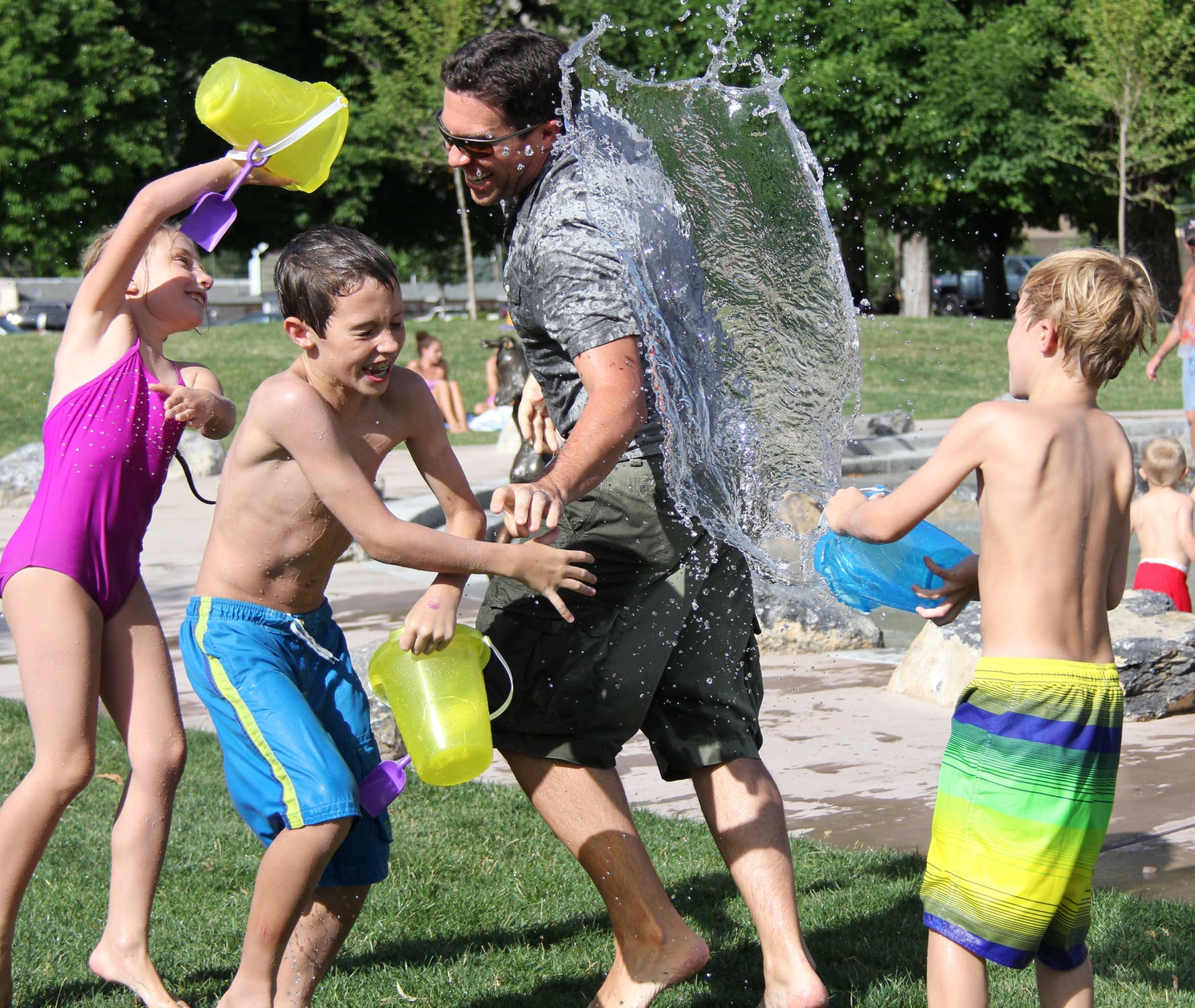The Joy of Exploring Music with Infants & Toddlers
Music has such an effect on one’s moods. It can lift your spirits when you are down, energize you when you need a boost, or calm and soothe when you need to settle. Just as music impacts you, music also impacts children of all ages even as early as infancy! There are many ways to incorporate music and musical activities into your daily routine with babies and toddlers.
1. Singing – It is so important for you to sing to your baby or toddler. Sing songs that you learned as a child like: “If You’re Happy and You Know it”, “Itsy Bitsy Spider”, “Wheels on the Bus”, and “Twinkle Twinkle Little Star”. Infants are learning so many words in these beginning years of life and need to hear words repeated over and over. Babies are also very comforted by the sound of mom or dad’s voices. As toddlers grow and begin to talk and remember, they will begin to sing these simple and repeating songs. Don’t worry about how well you sing, just sing and enjoy the time with your little one.
2. Baby’s Own Songs – Incorporate your child’s name in the songs when possible. “Old MacTyler had a farm . . .” or “Kate is my sunshine, my only sunshine…” or “Joey had a little lamb.” Your little one will smile and giggle as he begins to recognize his name and hears it in a song.
3. Dance with your baby or toddler – Put on some of your favorite music and dance around holding your little one. At first, begin with gentle swaying but soon your little one will bounce himself/herself on your hip when the upbeat music begins. Some of my children’s favorite songs are still pop songs that I listened to when they were little while dancing them around the kitchen. Keep this simple – it doesn’t have to be a long amount of time. Many of our best dancing times were right in the kitchen as I prepared meals for the family after a long day of work. Just keep music handy in areas that you spend lots of time in.
4. Freeze Game – As your child begins to dance on his own, teach them how to freeze when the music stops. Enjoy a game of freeze by playing music and stopping it occasionally. Each time the music stops, your toddler should “FREEZE” until the music starts up again.
5. Homemade Maracas – Make simple shaking instruments by putting dry beans, rice, etc. in a small plastic bottle and securing the lid tightly. Reinforce with tape and then explore the sounds together that the instrument makes. You could even hide it under a blanket or behind a pillow and see if your little one will discover where it is by listening to the sound.
6. Instrument Discovery – Let your child experiment with sounds and rhythms in their own way as they grow older. Banging on pots and pans and clapping spoons together are all great ways to let them enjoy rhythms. Leading a parade around the living room making lots of noise is a great way to let your child discover rhythm and music of her own.
7. Music for Cleaning Up – Many young children struggle to end times of play and transition to quieter things like eating or taking a nap. By singing a song such as “Clean Up”, children are more likely to become involved with the song and the activity transitioning nicely to the next thing planned.
8. Nap time or other quiet activities – Using quiet and soothing music, such as classical music, during quiet times such as nap time will help young children calm down and rest after periods of activity. Music also is wonderful for fussy babies. Many babies are soothed by calm music when they are upset.
9. Bath Time – Children love bath time and it is another great opportunity for music and song. My child in particular loved being wrapped in his towel on the bed after bath. I would pretend to be looking for him singing, “Where is Nicholas? Where is Nicholas?” I would then move the towel back singing, “There he is. There he is!” He would squeal with delight and cover up his head so that we could do it again and again!
10. Teaching tools – A repeated song often teaches better than memorization. Most of us remember our ABC’s from singing the song, or we remember that “In fourteen hundred ninety-two, Columbus sailed the ocean blue”. By using songs and rhymes, children are learning body parts (Head and Shoulders), number recognition (Five Little Monkeys), and many other basic preschool concepts at an early age.
Music is so beneficial to little ones, and there are so many ways to incorporate music into your daily routine! Remember to keep it fun and enjoy the activity together. It is such a great way to spend time together bonding during these important early years. As children grow, these musical memories will stay with them and they will carry on their love for music for generations to come.
“Music is an essential part of everything we do. Like puppetry, music has an abstract quality which speaks to a worldwide audience in a wonderful way that nourishes the soul.”
– Jim Henson




